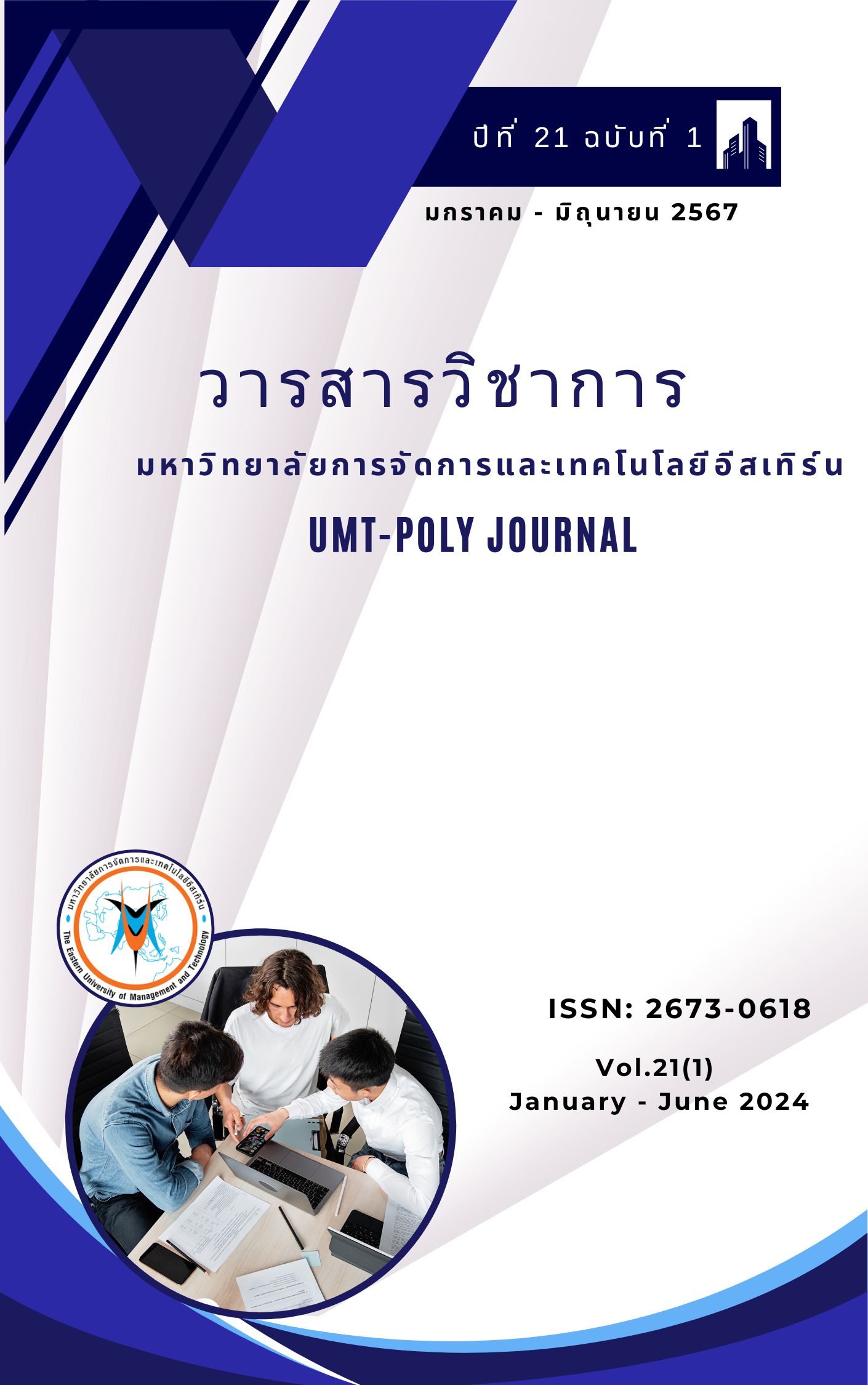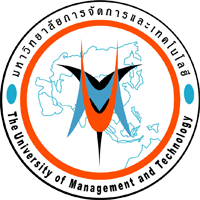การสำรวจภาวะสุขภาพจิตในเด็กวัยเรียน โรงเรียนอนุบาลเทศบาลบางเมือง จังหวัดสมุทรปราการ
คำสำคัญ:
เด็กวัยเรียน, สุขภาพจิตเด็กวัยเรียน, ครอบครัวบทคัดย่อ
การศึกษาวิจัยครั้งนี้มีวัตถุประสงค์เพื่อ 1) ศึกษาความสัมพันธ์ระหว่างปัจจัยด้านตัวเด็กวัยเรียน ปัจจัยด้านครอบครัวกับปัญหาภาวะสุขภาพจิตในเด็กวัยเรียน และ 2) ประเมินปัจจัยด้านตัวเด็กวัยเรียน ปัจจัยด้านครอบครัว และปัญหาภาวะสุขภาพจิตในเด็กวัยเรียน ของโรงเรียนอนุบาลเทศบาลบางเมือง จังหวัดสมุทรปราการ การวิจัยเชิงพรรณนา ครั้งนี้ ประชากรที่ศึกษา คือ เด็กวัยเรียนที่มีอายุ 6 ถึง 12 ปี ชั้นประถมศึกษาที่เข้าระบบการศึกษาในโรงเรียนอนุบาลเทศบาลบางเมือง จังหวัดสมุทรปราการ จำนวน 318 คน ศึกษาทุกหน่วยประชากร เก็บข้อมูลโดยใช้แบบสอบถามปัจจัยด้านตัวเด็กวัยเรียน ปัจจัยด้านครอบครัว และแบบทดสอบปัญหาภาวะสุขภาพจิตในเด็กวัยเรียนมีค่าความเชื่อมั่นของเครื่องมือเท่ากับ 0.78 วิเคราะห์ข้อมูลโดยใช้สถิติเชิงพรรณนา ได้แก่ จำนวน ร้อยละ ค่าเฉลี่ย ค่าเบี่ยงเบนมาตรฐาน และสถิติเชิงอนุมานโดยสถิติไคสแควร์
ผลการวิจัย พบว่า 1) เด็กวัยเรียนส่วนใหญ่เป็นเพศหญิง ร้อยละ 50.6 มีจำนวนพี่น้องสองคน ร้อยละ 44.1 เป็นบุตรคนแรก ร้อยละ 45.3 มีผลการเรียนเกรดเฉลี่ยอยู่ระหว่าง 3.00-4.00 ครอบครัวของเด็กวัยเรียนมีรายได้ส่วนมาก ไม่เกิน 15,000 บาทต่อเดือน ผู้ปกครองเด็กจบการศึกษาในระดับชั้นประถมศึกษา ประกอบอาชีพรับจ้าง บิดา-มารดา อาศัยอยู่ร่วมกัน และสมาชิกในครอบครัวให้ความสนใจ ไว้วางใจ เอาใจใส่ซึ่งกันและกันในระดับดี เด็กวัยเรียนไม่มีปัญหา ภาวะสุขภาพจิตหรือมีปัญหาภาวะสุขภาพจิตในระดับน้อย ร้อยละ 94.3 โดยพบว่า เด็กวัยเรียนมีปัญหาด้านการเรียน ร้อยละ 5.7 มีปัญหาด้านพฤติกรรมเด็ก ร้อยละ 1.4 และ 2) อายุ ระดับการศึกษาผลการเรียน เพศ และอาชีพผู้ปกครองของ เด็กวัยเรียน มีความสัมพันธ์กับปัญหาภาวะสุขภาพจิตอย่างมีนัยสำคัญทางสถิติที่ระดับ 0.05 ดังนั้น ผู้ปกครอง ครู หรือผู้ดูแลเด็กวัยเรียน ควรมีการประเมินคัดกรองเด็กวัยเรียนซ้ำอย่างน้อยเดือนละ 1-2 ครั้ง จัดบรรยากาศในชั้นเรียนที่เอื้อต่อ การส่งเสริมสุขภาพจิตเด็กวัยเรียน และองค์กรปกครองส่วนท้องถิ่น หน่วยงานด้านสาธารณสุขที่เกี่ยวข้องจัดให้มีการส่งเสริมสุขภาพจิตเพื่อเป็นการค้นหาปัญหาและเฝ้าระวังปัญหาภาวะสุขภาพจิตในเด็กวัยเรียน
Downloads
เอกสารอ้างอิง
Bang Mueang Municipality Kindergarten. (2021). School Self-Assessment Report (SAR) Academic Year
Documents for preparing the fiscal year 2021 report to the Department of Local
Administration. Ministry of Interior, 221.
Beck A. T. (1972). Depression: Causes and Treatment. Philadelphia: University of Pennsylvania. Press. ISBN
-8122-1032-8.
Centers for Disease Control and Prevention. (2013). Mental health surveillance among children-
United States, 2005-2011. MMWR. 62(Suppl 2): 1-35.
Department of Economic and Social Affairs, United Nations. (2015). Principles and Recommendations
for Population and Housing Censuses Revision 2. United Nations: New York.
Department of Mental Health. (2002). What is mental health? Referenced in the research report
reviewing knowledge about mental health. Retrieved from https://dmh.go.th/faq/
mentalhealth. asp.
Goodman, R. (2003). Psychometric properties of the strengths and difficulties questionnaires. J Am
Acad Child Psy. 40: 1337-1345.
Health Center 9, Nakhon Ratchasima, Department of Health. (2021). Preventive measures for coronavirus disease 2019 (COVID-19) for school-age children, teenagers, and children at risk.
Jellinek and Murphy, Massachusetts General Hospital. (1988). Pediatric Symptom Checklist: screening school-age children for psychosocial dysfunction. 112(2): 201-9.
Kamkaew Bosakaranat. (2017). Mental Health Problem in Grade 4-6 Students a different a cademic an achievement school mentalhealth project of Bangkok Metropolitan area. Journal of Educational Research Faculty of Education Srinakharinwirot University. 12(1), 46-58.
Ministry of Public Health. (2022). Mental health service system Ministry of Public Health for fiscal year 2022 in the standard reporting program. HDC-Dashboard. Retrieved from https:// hdcservice.moph.go.th/hdc/reports/report.php?source=pformated/formatg.hp&cat_id=ea11bc4bbf333b78e6f53a26f7ab6c89&id=c5f8b2386a76aadbd0d2e9828b4b73d5.
Ministry of Public Health. (2022). Mental health service system Ministry of Public Health for fiscal year 2022 in the standard reporting program. HDC-Dashboard. Retrieved from https:// hdcservice.moph.go.th/hdc/reports/report.php?source=formated/formatg.hp&cat_id=ea11bc4bbf333b78e6f53a26f7ab6c89&id=c5f8b2386a76aadbd0d2e9828b4b73d5. (Search dat
Narasinee Lueangthongkam and Kamol Phothiyen. (2017). Mental health of adolescent students in schools located in Mueang Nakhon Pathom district, Nakhon Pathom province. Suan Dusit Graduate School Academic Journal, 13(2), 91-110.
Thaweesak Siriratrekha. (2017). Mental health screening for school-age children. Bangkok: Beyond Publishing.
Office of Child, Youth and Family Health Support (Bureau 4). (2020). Manual for the happiness assessment of Thai children. Primary level. [Website]. Retrieved from https:// happychild.thaihealth.or.th › wp-content.
UNICEF Institute for Population and Social Research Burnet Institute. (2022). Strengthening the system and Psychological and psychosocial support services for children and adolescents in East Asia and the Pacific: Thailand. UNICEF Bangkok.
ดาวน์โหลด
เผยแพร่แล้ว
ฉบับ
ประเภทบทความ
สัญญาอนุญาต
ประกาศลิขสิทธิ์
เนื้อหาและข้อมูลในบทความที่ลงตีพิมพ์ในวารสารวิชาการมหาวิทยาลัยการจัดการและเทคโนโลยีอีสเทิร์น ถือเป็นข้อคิดเห็นและความรับผิดชอบของผู้เขียนบทความโดยตรง ซึ่งกองบรรณาธิการวารสารไม่จำเป็นต้องเห็นด้วยหรือร่วมรับผิดชอบใด ๆ
บทความ ข้อมูล เนื้อหาหรือรูปภาพ ฯลฯ ที่ได้รับการตีพิมพ์ในวารสารวิชาการมหาวิทยาลัยการจัดการและเทคโนโลยีอีสเทิร์น ถือเป็นลิขสิทธิ์ของวารสารวิชาการมหาวิทยาลัยการจัดการและเทคโนโลยีอีสเทิร์น หากบุคคลหรือหน่วยงานใดต้องการนำข้อมูลทั้งหมดหรือบางส่วนไปเผยแพร่ต่อหรือเพื่อกระทำการใด ๆ จะต้องได้รับอนุญาตเป็นลายลักษณ์อักษรจากวารสารวิชาการมหาวิทยาลัยการจัดการและเทคโนโลยีอีสเทิร์นก่อนเท่านั้น




